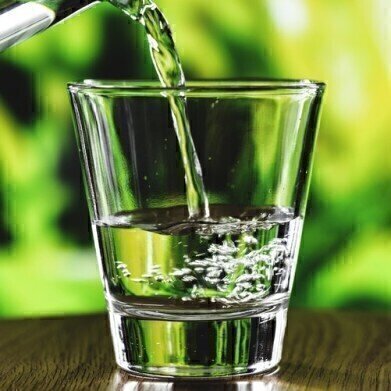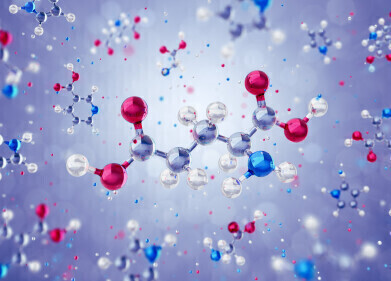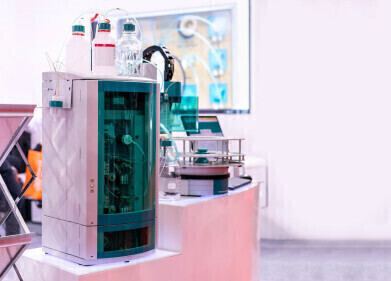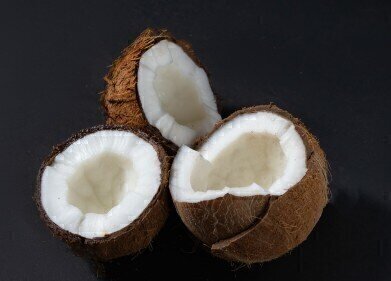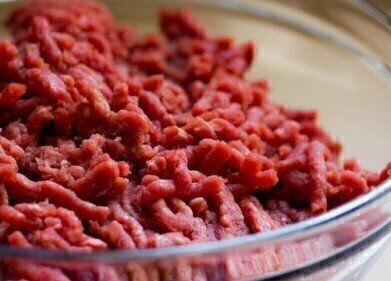Ion Chromatography (IC)
How Chromatography Can Help Purify Antibodies
Mar 06 2019
Antibodies are key components of our bodies defence system. They are known as immunoglobulins and are proteins that our body’s immune systems produce to stop foreign invaders from harming our bodies. Because they are so important in protecting the body, they are used in research to allow scientists to discover how our immune system works and in developing new pharmaceutical products.
But to use antibodies in complex research, scientists need to know exactly what they are using. It helps if the antibodies are pure with no unwanted components. Chromatography is one of the best methods that scientists can use to separate and purify antibodies - a topic discussed in the article, Mobile Affinity Sorbent Chromatography Of Proteins. Let’s take a brief look at antibodies and how chromatography is helping to make antibodies pure.
Our body’s defenders
Antibodies look out for foreign invaders, they act like scouts sent out to find the enemy. When they find an invader, or antigen, they attach themselves to the invader and identify the foreign invader so that the body can destroy it. Antigens can be viruses, bacteria or some other chemical invader. Of course, sometimes things go wrong and antibodies start attacking our bodies - autoimmune diseases like rheumatoid arthritis or Graves’ disease.
Each antibody is made for one type of antigen only, with receptors that will bind only to that antigen. Influenza antibodies will only attach to influenza antigens - they will not attach to measles antigens for example. Once the body is invaded, the immune system springs into action and sends signals all around the body. The first responders are B cells and they make the right antibody to attach to the invader. This acts as a marker for the T cells which come along and attack the cells which have antibodies attached. Then cells called phagocytes come along and clean up the mess left behind.
Purifying antibodies with IEC
There are several chromatography processes that can be used to separate antibodies, and each is based on different biochemical properties of the antibodies. Size, solubility, hydrophobicity and affinity are criterion that can be used to separate antibodies. One of the main methods used to separate biological samples is ion exchange chromatography (IEC) - and it uses the property of charge to facilitate the separation.
The charge on the proteins that make up antibodies determine what type of IEC is used. If you want to capture a positively charged compound in the mobile phase. then a cation exchange resin is used. Whereas a positively charged anion exchange resin is used to capture negatively charged molecules. High yields are obtained when the exchange resin and mobile phase are chosen to optimise the process. It is also possible to make the process highly selective, giving further benefits to using IEC to separate your antibodies.
Digital Edition
Chromatography Today - Buyers' Guide 2022
October 2023
In This Edition Modern & Practical Applications - Accelerating ADC Development with Mass Spectrometry - Implementing High-Resolution Ion Mobility into Peptide Mapping Workflows Chromatogr...
View all digital editions
Events
ACS National Meeting - Fall 2024
Aug 18 2024 Denver, CO, USA
Sep 04 2024 Chiba, Tokyo, Japan
Sep 04 2024 University of Warwick, Coventry, UK
Sep 10 2024 Rockville, MD, USA
Plastics Recycling World Expo Europe
Sep 11 2024 Brussels, Belgium
